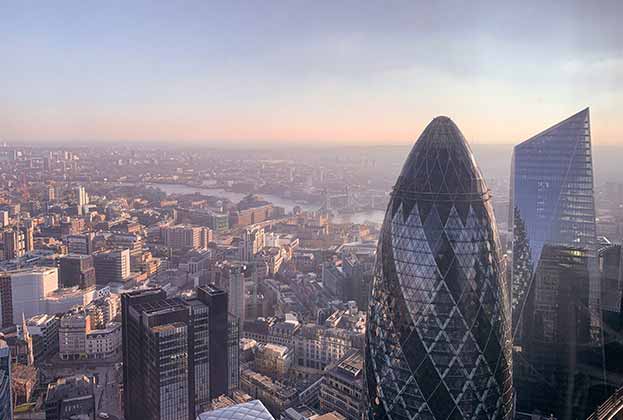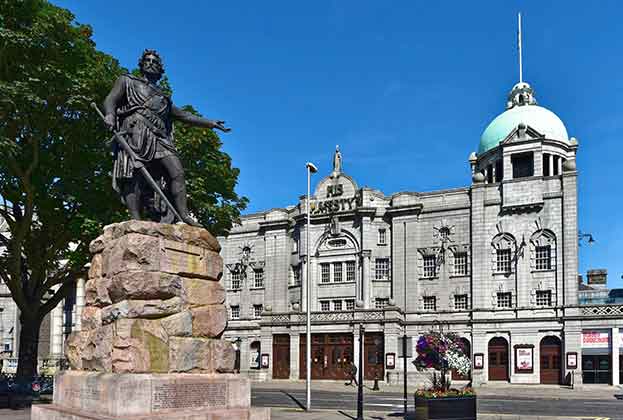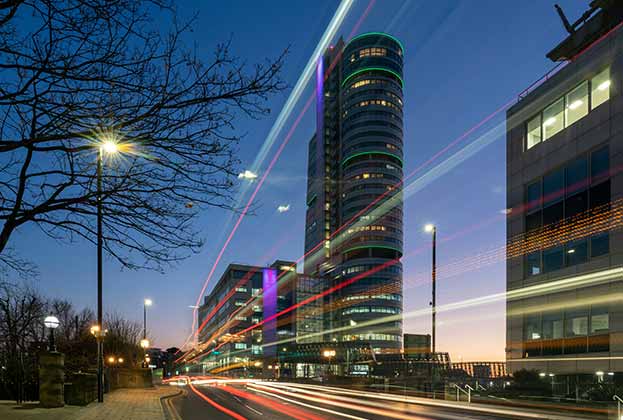Developers are increasingly looking to adapt and reuse heritage sites as modern commercial space. The transformation of disused heritage buildings presents a competitive alternative to the new build office for several reasons: it’s sustainable, it preserves history and it reinstates activity in previously established areas. There’s even evidence to suggest that the presence of historical sites positively affects local economies.
When occupiers are choosing a location they want that area to reflect their company culture, have high quality office stock available and offer their employees a high-standard working environment.
Historical heritage sites play a vital role in shaping and maintaining a location’s identity and character and therefore offer a lot to occupiers who wish to showcase their unique character though their office space.
The use of converted heritage buildings also portrays a socially conscious occupier – a quality that is becoming increasingly important.
The UK’s creative sector and start-up businesses have been found to have a stronger affinity towards heritage sites than other occupiers. Research has even found that the greater the density of cultural and heritage assets in an area, the better the performance of creative industries and there is a higher clustering of creative occupiers.
It’s also been found that a high proportion of creative businesses occupying heritage building are start-ups.
Heritage buildings tend to have a unique and distinctive character, often with high ceilings and an abundance of natural light. They're ideal as studio space or a quirky modern office, making them extremely appealing to this type of business.
A good example is the former Shredded Wheat factory in Welwyn Garden City which is being redeveloped into a 1 million sq ft mixed-use scheme known as The Wheat Quarter.
The site, which is located adjacent to the train station, has long been one of the town’s most recognisable features, ensuring it smelt of freshly baked bread for 73 years. When the factory ceased production in January 2008 it was uncertain what would become of the iconic Art Deco buildings, but new plans, including a 63,000 sq ft office development, will bring life and jobs back to the former manufacturing site.
The office element of the site, The Production Hall, is due to complete in the first quarter of 2021. The high ceilings, large floor plates and unique design characteristics of The Production Hall will be an ideal fit for all types of modern office occupiers, including co-working providers, tech and industrial companies seeking inspired and unique office space.
The Old Vinyl Factory, a mixed-use scheme in Hayes, London, which will comprise 550,000 sq ft of office space, is another case study. This was once the EMI record plant where records by The Beatles and Pink Floyd were pressed.
The office buildings include the Record Store, pictured above, the Shipping Building and the Cabinet Building (a pre-let opportunity). Tenants who occupy space at the Old Vinyl Factory include speaker manufacturers Sonos. Its decision to base its office at the historical site has continued the music production legacy within Hayes, bringing it into the 21st century.
Further information
Read more: How schemes like the Old Vinyl Factory have helped to revive Hayes

-impact-the-office-sector(1).jpg)

.jpg)






